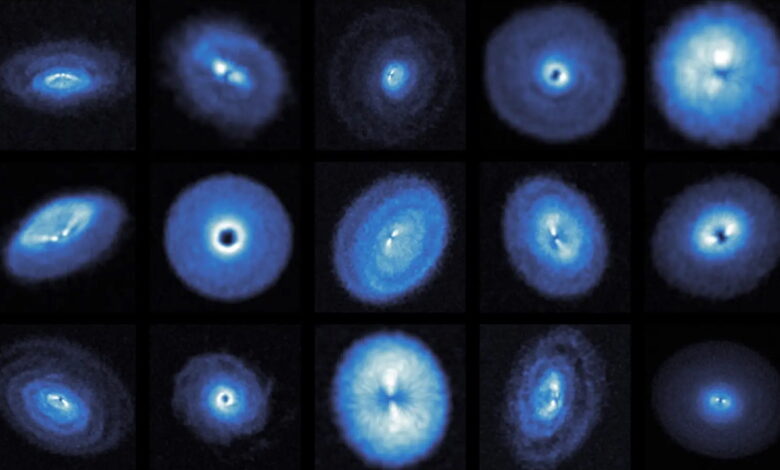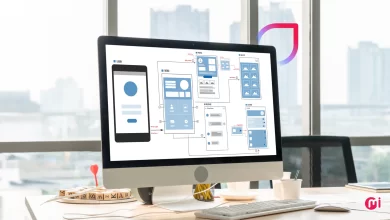Future planets revealed in unprecedented detail

Protoplanetary disks are the cosmic nurseries where planets are born. These disks of gas and dust surround young stars and provide the material from which planets form. Recently, an international research team using the Atacama Large Millimeter/submillimeter Array (ALMA) in Chile has captured some of the most detailed images ever seen of protoplanetary disks in more than a dozen early star systems.
The ExoALMA project, as it is called, focuses on identifying the effects of potential planetary subjects on their cosmic surroundings rather than directly observing the planets themselves. This approach is akin to spotting a fish by looking for ripples in a pond. By analyzing the data collected by ALMA, astronomers can pinpoint the presence of protoplanetary disks and study their structures.
The research team, led by Christophe Pinte from Monash University, developed new calibration techniques and analysis methods to enhance the sharpness of the images obtained. By aligning observations taken at different times and filtering out unwanted distortions in the data, the team was able to identify potential protoplanet hotspots within the disks.
The images captured by ALMA reveal the intricate 3D structures of these protoplanetary disks in multiple star systems located within a few hundred to around 1,000 light-years from Earth. These disks exhibit swirling gas patterns influenced by early planets’ gravity, as well as rings and gaps of dust indicative of planet formation. The survey also highlights the dynamic environments within protoplanetary disks, showcasing the complex interplay between galactic dust and gas.
Richard Teague, the principal investigator of the project, emphasized the significance of the new approaches in gathering data and images of these planet-forming systems. The enhanced clarity provided by these methods offers a deeper understanding of the processes involved in the formation of planets within these young star systems.
Overall, the ExoALMA project’s findings represent a significant advancement in the study of protoplanetary disks and shed light on the early stages of planet formation in our universe. By leveraging cutting-edge technology and innovative research techniques, astronomers are unraveling the mysteries of planetary birth and gaining valuable insights into the evolution of planetary systems. The world of technology is constantly evolving, with new innovations and advancements being made every day. One of the most exciting developments in recent years is the rise of artificial intelligence (AI). AI has the potential to revolutionize the way we live and work, and its impact is already being felt in a wide range of industries.
One area where AI is making a big impact is in the field of healthcare. AI is being used to help doctors diagnose and treat patients more effectively, leading to better outcomes and improved patient care. For example, AI-powered diagnostic tools can analyze medical images and other data to help doctors identify diseases and conditions more accurately and quickly. This can help reduce the time it takes to diagnose patients, leading to faster treatment and better outcomes.
AI is also being used to help improve patient care in other ways. For example, AI-powered chatbots can provide patients with information and support, helping to alleviate the strain on healthcare providers and improve the overall patient experience. AI can also be used to help monitor patients remotely, allowing doctors to keep track of their patients’ health and intervene if necessary.
In addition to healthcare, AI is also making an impact in other industries. For example, AI is being used in finance to analyze market trends and make investment decisions. AI is also being used in education to help personalize learning experiences for students and improve educational outcomes. In transportation, AI is being used to help automate driving tasks and improve road safety.
Overall, the potential of AI is vast, and its impact is likely to continue to grow in the coming years. As AI technology continues to advance, we can expect to see even more innovative applications of AI in a wide range of industries, leading to improved efficiency, better outcomes, and a more connected and intelligent world.





